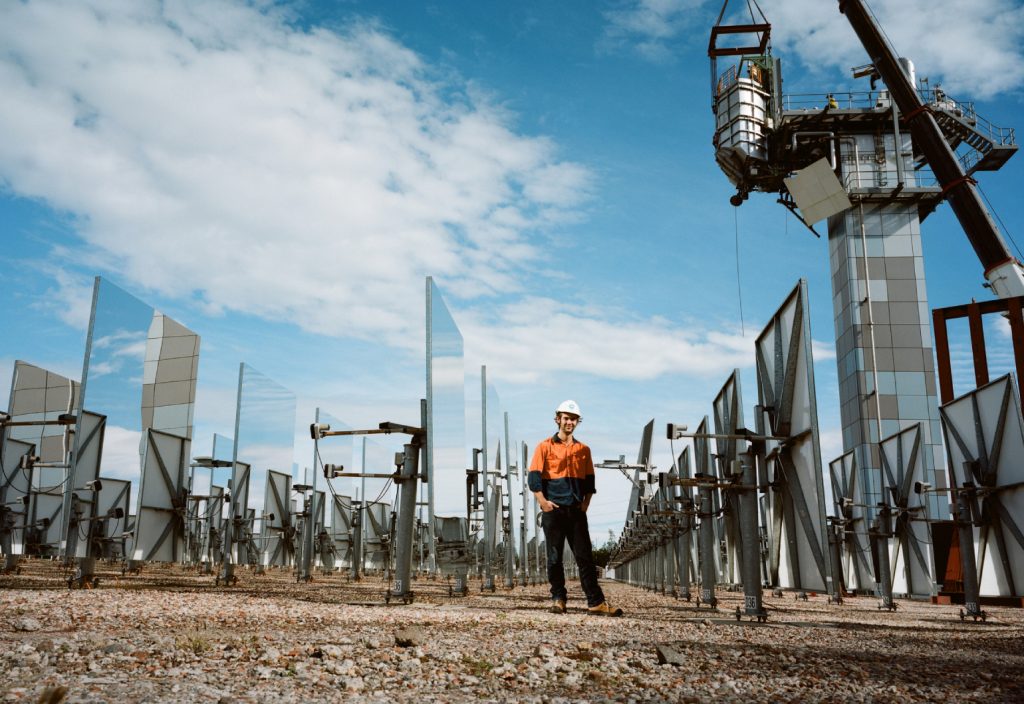Treasurer Jim Chalmers has used this week’s Federal Budget to lay out a vision for Australia to become a renewable energy superpower, with investments in the people and technology needed to make that happen.
“Australia’s biggest opportunity for growth and prosperity is the global shift to clean energy,” Chalmers said. “By acting now, our resources, our researchers and our regions can help power the world.”
To help seize this opportunity, the Budget allocates $4 billion to renewable energy, taking total investment to more than $40 billion, as well as significant investments in boosting the skilled workforces needed to design and build our future infrastructure.
Budget highlights
|
Engineers Australia CEO Romilly Madew AO HonFIEAust welcomed the Budget’s focus on developing engineering skills locally by boosting STEM’s profile in Australia’s education system.
“It is pleasing to see the Government’s commitment to skills and increasing the number of women in male-dominated industries. The defence, economic and climate challenges facing the nation … will require an engineering workforce equipped with the complex skills to deliver outcomes,” she said.
Madew also praised flagged reforms to Australia’s skilled migration program to boost the number of skilled migrant engineers arriving.
“Due to significant challenges in the supply of domestically trained engineers, Australia’s migration program will continue to be a significant contributor to Australia’s engineering capability making investment in reforming the program critical.”
Hydrogen nation
A centrepiece of the Budget’s investments in renewable energy is the $2 billion Hydrogen Headstart program, aimed at pushing Australia to be a world leader in producing and exporting hydrogen power by bridging the commercial gap for early‑stage projects.
“Hydrogen power means Wollongong, Gladstone and Whyalla can make and export everything from renewable energy to green steel,” Chalmers said.
“Seizing these kinds of industrial and economic opportunities will be the biggest driver and determinant of our future prosperity.”
Other clean energy measures include:
- The creation of the Net Zero Authority
- A Capacity Investment Scheme aimed at unlocking billions in investment in renewable energy projects along the east coast
- The establishment of a Powering Australia Industry Growth Centre to support businesses looking to manufacture, commercialise and adopt renewable technologies
- A Clean Energy Capacity Study to evaluate Australia’s workforce needs and plan for the skills needed to drive the clean energy transformation.
- $400 million to support the growth of new clean energy industries in regional areas (and decarbonise existing industries)
“These strategic investments will work in partnership: abundant, affordable renewable energy powering new jobs and new industry in our regions and suburbs,” Chalmers said.
Madew said the engineering workforce was key to this becoming a reality.
“The clean energy sector is experiencing rapid growth and is projected to accelerate,” she said.
“With a shortage of engineers and growing demand, it will be important to retain existing engineers.
“Given the high skill base of the fossil fuel workforce, mapping their training needs will support an equitable transition and play a role in addressing skill shortages.“
Infrastructure review
The Budget also flags an independent strategic review of the Infrastructure Investment Program, with a stated goal of “ensuring the $120 billion pipeline over 10 years is fit for purpose and the Government’s investment is focused on projects which improve long-term productivity, supply chains and economic growth in our cities and regions”.
Madew said this review was an opportunity to target investment to ensure the best value for money is achieved.
“This is critical to helping ensure spending doesn’t further fuel current economic challenges,” she said.
“Australia’s construction sector is already at breaking point, rising materials costs and labour shortages have caused budgets to blow out and project slippage. We hope this Budget and review will give due consideration to changing consumer behaviour and economic priorities.”
